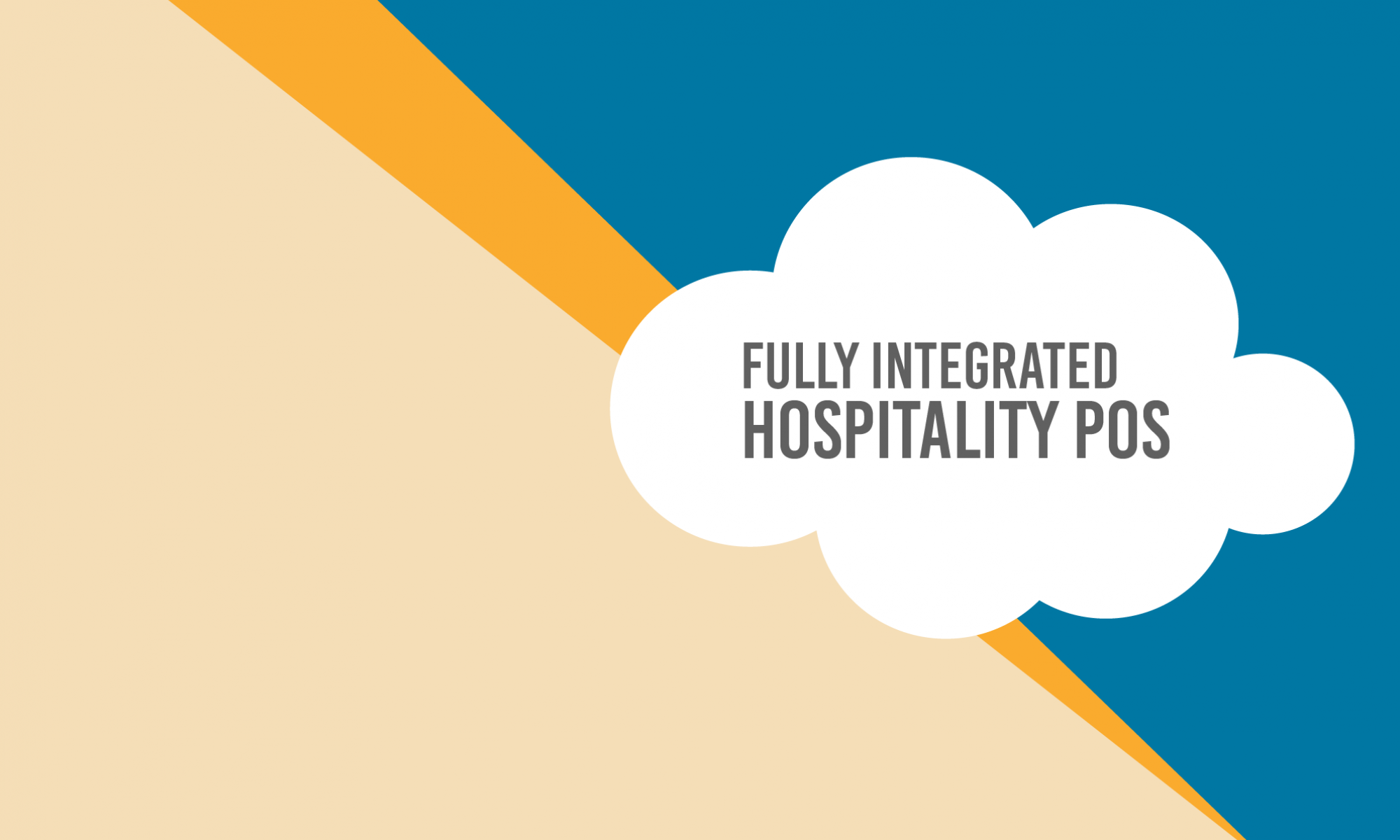As an owner or operator in the food service industry it is a constant struggle to control restaurant labor costs and maintain a growing revenue stream. Traditional methods of labor management are not as effective in this age of instant consumer gratification.
What’s a restaurateur to do? Consider asking yourself these questions to see if your establishment could benefit from adopting newer, more efficient means of increasing profits and keeping your customers and employees happy.
- Are my labor scheduling and communication practices effective?
- Are we “behind the times” in utilizing the latest technology for the business?
- How else can I increase profits and keep restaurant labor costs down?
Optimize Labor Efficiency
Time cards, paper scheduling, and staff memorandums are all antiquated practices. They can lead to manual mistakes, over or understaffing, and employee miscommunication. Restaurant operators should start making shift management a priority.
Finding a way to make it easier for employees to have a say in their schedules is a great way to keep them happier and more engaged in their work. Looking into automated systems that help streamline communication between managers and staff these methods is a step in the right direction!
There are software systems that can integrate with technology that your employees use every day. With smartphones, they can access work schedules, emails and important company announcements that help keep the lines of communication open and consistent!
Utilize Modern Technology
Today’s technology is more affordable and readily available to businesses to help curb restaurant labor costs. Here are some examples to consider:
- Online Ordering Services: Allowing guests to order online or from their smartphone is like having an extra employee without the additional labor costs.
- Self-Ordering Kiosks: Guests can order food and then sit down—no lines and enhanced order accuracy!
- Tabletop E-Waiters and Checkout: Tablet POS credit card checkout reduces table turn times, allows guests to pay when they’re ready and frees up tables for the next guest.
- Online Coupons: Get the right offer to customers at the right time — 58% of diners already use them— guest reward features encourage patrons to visit time and time again.
- Digital Customer Communication: Get in front of your customers by leveraging rewards programs that offer text message, or app notifications.
Using modern technology can help ease the stress of staff, allowing them to focus on the job of creating a satisfying customer experience. Customers also benefit by not waiting in long lines, having their food order arrive exactly how they wanted.
Make Use of Collected Customer Data
Using the above-mentioned technology also has a huge advantage in reducing restaurant labor costs. It collects important consumer data about your customers. Knowing who they are, what they order and when they order is vital information! It can help you optimize your staffing needs, food stock, and menu options to increase sales.
You can beat rising labor costs and be the boss of rising profits by implementing these techniques in your restaurant.
Contact Focus POS California about exciting new innovations in Guest Rewards.


